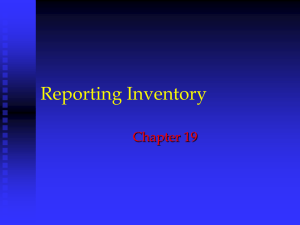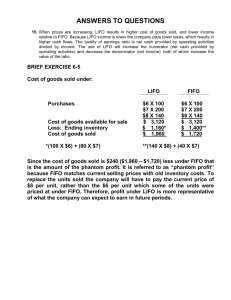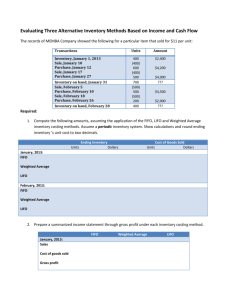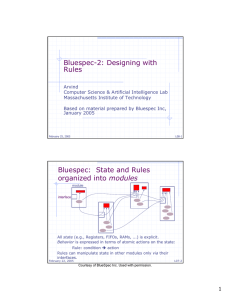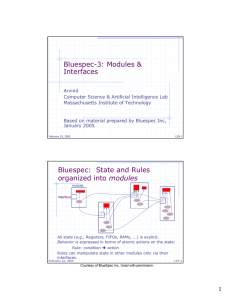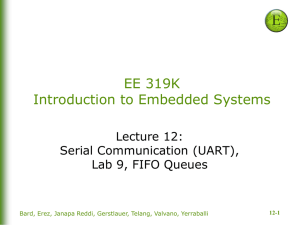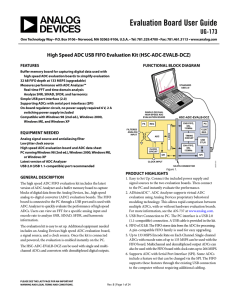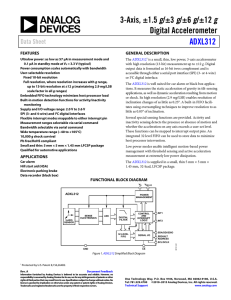problem 6-5a
advertisement
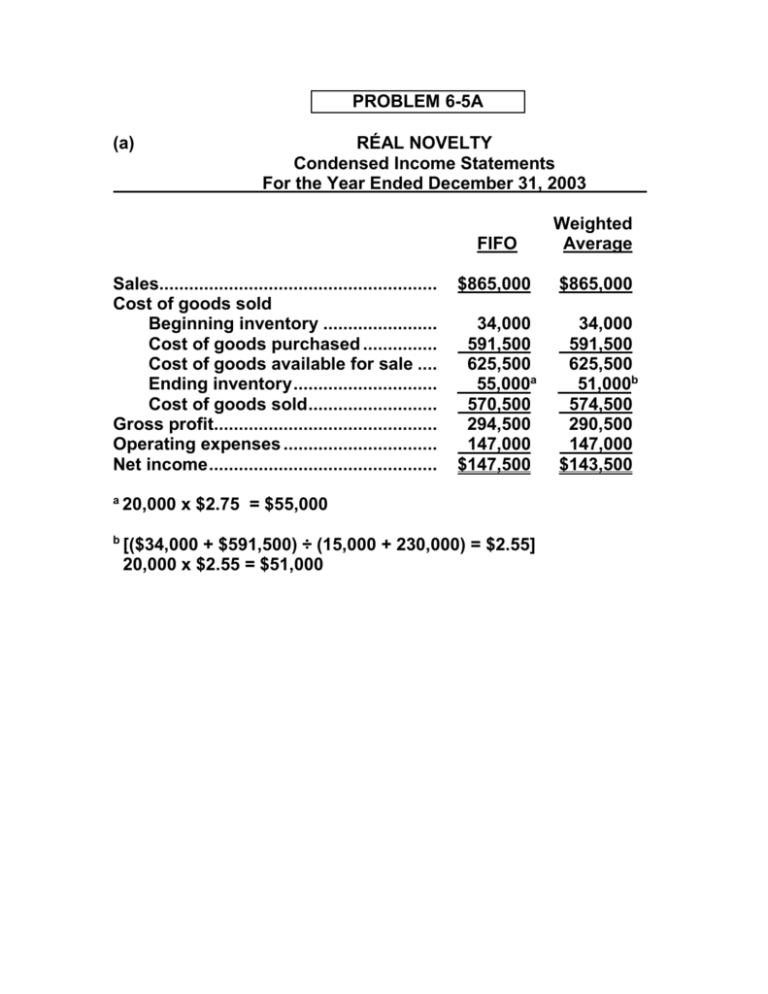
PROBLEM 6-5A (a) RÉAL NOVELTY Condensed Income Statements For the Year Ended December 31, 2003 Sales........................................................ Cost of goods sold Beginning inventory ....................... Cost of goods purchased ............... Cost of goods available for sale .... Ending inventory ............................. Cost of goods sold .......................... Gross profit............................................. Operating expenses ............................... Net income .............................................. FIFO Weighted Average $865,000 $865,000 34,000 591,500 625,500 55,000a 570,500 294,500 147,000 $147,500 34,000 591,500 625,500 51,000b 574,500 290,500 147,000 $143,500 a 20,000 x $2.75 = $55,000 b [($34,000 + $591,500) ÷ (15,000 + 230,000) = $2.55] 20,000 x $2.55 = $51,000 PROBLEM 6-5A (Continued) (b) Dear Sir/Madame: I would like to bring the following inventory related points to your attention to assist you in making a choice between the FIFO and weighted average cost flow assumptions: 1. Gross profit under the weighted average cost flow assumption will be lower than the gross profit reported under the FIFO cost flow assumption. Costs are rising, and in such instances, FIFO will always result in the higher gross profit. 2. The choice of inventory cost flow assumption will impact the balance sheet (through inventory) and income statement (through cost of goods sold) of the company. It will not impact the company’s cash flow. While purchases and sales have a cash effect, the choice of cost flow assumption does not affect cash as it only allocates costs between inventory and cost of goods sold. 3. In selecting a cost flow assumption management should consider their circumstances—the type of inventory and the flow of costs throughout the period. Management should select the method that will best match their costs with their revenues. The FIFO cost flow assumption produces the more meaningful inventory amount for the balance sheet because the units are costed at the most recent purchases. The FIFO method is most likely to approximate actual physical flow because the oldest goods are usually sold first to minimize spoilage and obsolescence. The weighted average cost flow assumption produces the more meaningful gross profit / net income because the cost of more recent purchases are matched against sales. At least, more so than occurs with FIFO, which matches the cost of the earliest purchases against sales revenue. Average also smoothes these costs, using an average of all costs during the period rather than matching the cost of any specific time period. Sincerely, Name PROBLEM 6-6A (a) 1. 2. 3. 4. 5. Cost of goods sold 2002 Cost of goods sold 2003 Net income 2002 Net income 2003 Combined net income 2002: BI + P - EI = CGS -U =O Sales - CGS = NI -O =U 2003: BI + P - EI = CGS U =U Sales - CGS = NI -U =O (b) 1. 2. 3. 4. LIFO LIFO FIFO Average cost Overstated Understated Understated Overstated No effect

